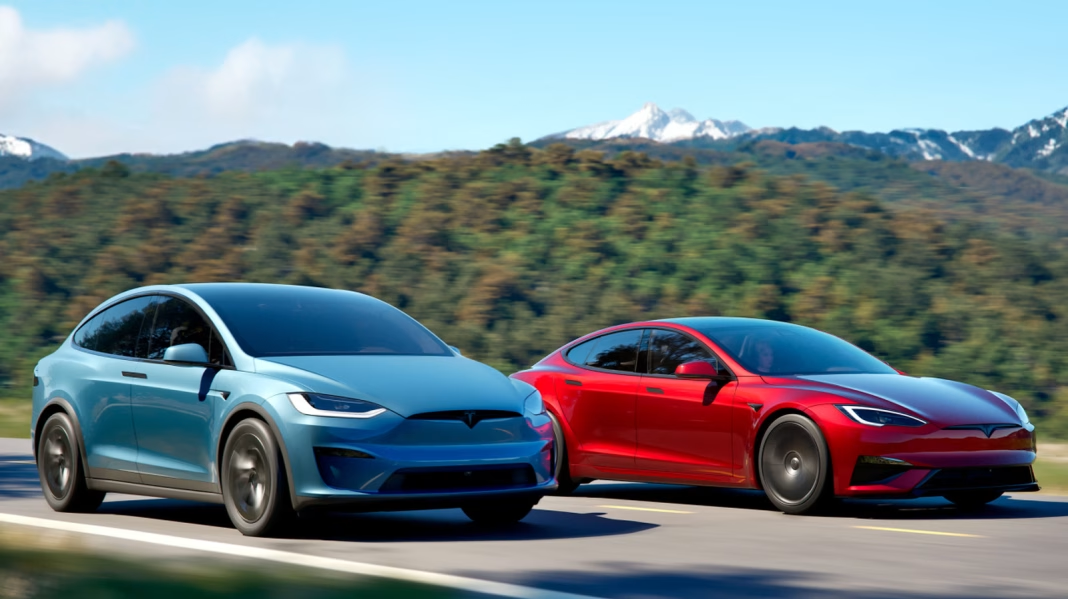Why Did Tesla Stop Taking New Orders for Model S and Model X in Europe?
If you’ve been eyeing a new Tesla Model S or Model X in Europe, you might have noticed something odd: the order page for both models has quietly vanished. Instead, you’re now funneled straight to the existing inventory. No custom orders, no picking your favorite color or wheels—just what’s left on the lot. So, what’s going on?
Tesla hasn’t released an official statement explaining the move, but industry analysts point to a mix of shifting priorities and market realities. The company has been laser-focused on ramping up production of its more affordable Model 3 and Model Y, which outsell the S and X by a wide margin. According to the European Automobile Manufacturers Association, Model 3 and Y accounted for over 80% of Tesla’s registrations in Europe last year. With demand for luxury EVs softening and supply chain headaches still lingering, Tesla seems to be streamlining its European lineup.
What Does This Mean for European Buyers?
If you’re in Europe and hoping to drive away in a brand-new Model S or Model X, your options just got a lot slimmer. Instead of configuring your dream car, you’ll have to choose from whatever’s left in Tesla’s inventory. That means less flexibility—maybe you’ll have to compromise on your preferred color or features.
On the flip side, this could be a golden opportunity for bargain hunters. Dealerships often discount inventory vehicles to clear them out, especially when a model is being phased out or updated. If you’re not picky, you might snag a high-end Tesla at a lower price than usual. But don’t wait too long—once the current stock is gone, it’s unclear when (or if) custom orders will return.
Is This the End of the Road for the S and X in Europe?
Not necessarily. Tesla has a history of making bold, sometimes abrupt, decisions—only to reverse course later. Some experts believe this pause could be temporary, perhaps to clear out old inventory before launching updated versions of the S and X. Others speculate that Tesla is reallocating resources to meet surging demand for its more popular models, especially as new factories in Berlin and elsewhere come online.
It’s also worth noting that the European EV landscape is evolving fast. Competition from established automakers and upstarts alike is heating up, with new luxury electric sedans and SUVs hitting the market every quarter. Tesla may be recalibrating its strategy to stay ahead of the curve.
How Does This Affect the Broader EV Market?
Tesla’s move sends a signal to the rest of the industry: even the biggest players are not immune to shifting consumer preferences and supply chain constraints. By focusing on its best-sellers, Tesla can maximize efficiency and profitability, but it also leaves a gap for rivals to fill. Brands like Mercedes-Benz, BMW, and Audi are ramping up their own electric offerings, hoping to woo buyers who might have otherwise chosen a Model S or X.
For consumers, this shake-up could mean more choices and better deals as automakers compete for attention. But it also underscores the importance of timing—if you see a car you love, don’t assume it’ll be available forever.
What Should You Do If You Still Want a Model S or X?
Act fast. Check Tesla’s inventory listings regularly, and be ready to make a decision if you spot a configuration that fits your needs. Don’t be afraid to negotiate—dealers may be more flexible on price or extras as they look to move remaining stock.
If you’re set on a custom build, keep an eye on Tesla’s announcements. The company is known for sudden changes, and order books could reopen at any time. In the meantime, consider test-driving some of the new competitors on the market—you might be pleasantly surprised by what’s out there.
The big takeaway? Navigating the EV market isn’t about perfection—it’s about smarter adjustments. Start with one change this week, and you’ll likely spot the difference by month’s end.


